London hosted a formal — and boisterous—celebration on the first anniversary of the end of the Second World War
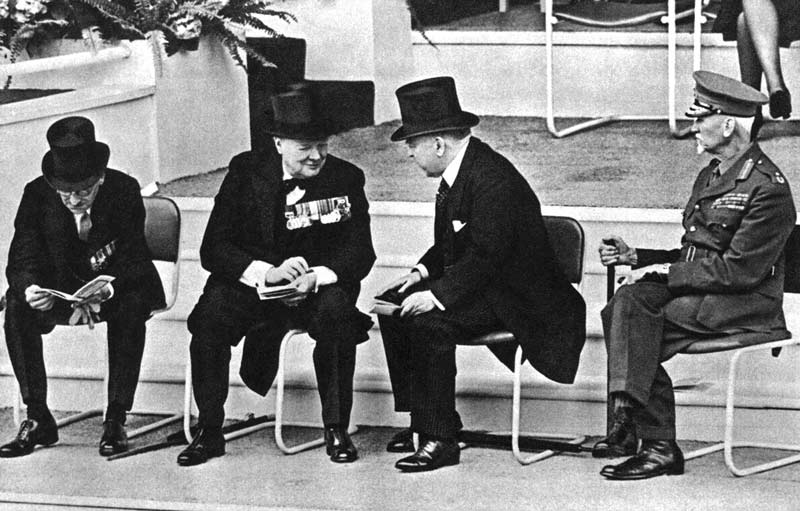
A year after the Second World War ended, Britain threw a proper celebration, one that the whole country—civilians as well as the men and women who had served overseas—could enjoy together.
And what a party it was.
More than five million people crowded the sidewalks and streets of London and choked The Mall to take part in daylong celebrations on June 8, 1946. The crowd included visitors from all over the world. They started gathering before daylight to claim good positions along the parade route.
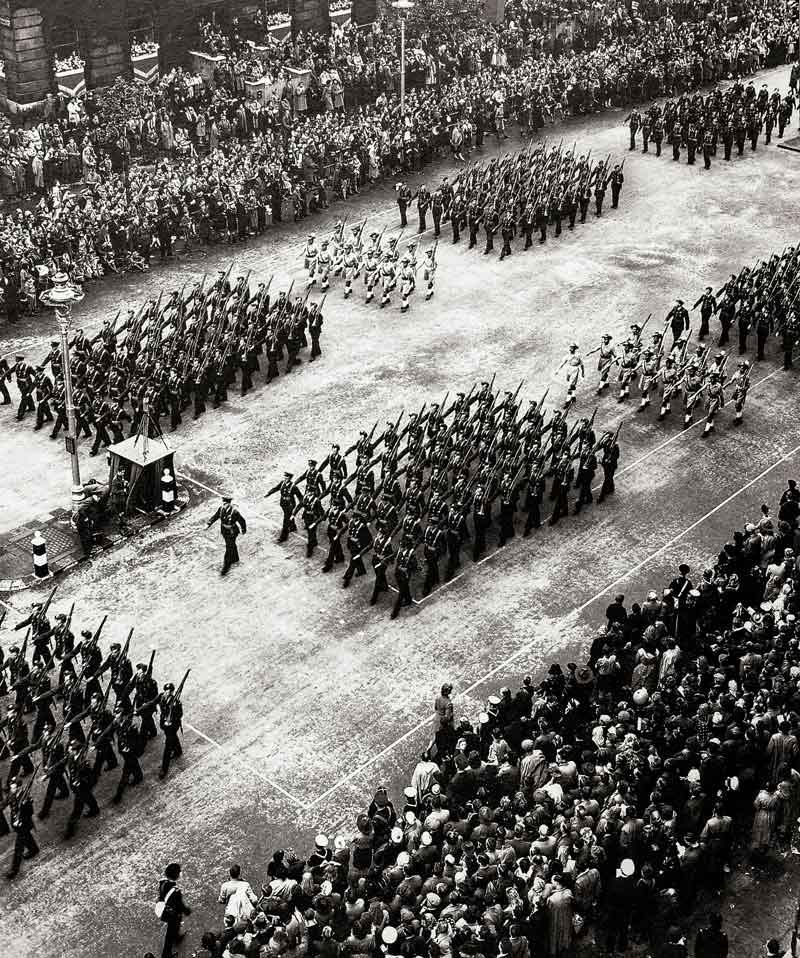
At 10 a.m. an open carriage carrying the Royal Family slowly proceeded from Buckingham Palace to the reviewing stand on The Mall, where military commanders and heads of state from many countries awaited, including Canadian Prime Minister William Lyon Mackenzie King.
The parade, which was about 6.5 kilometres long, started with a mechanized column featuring every manner of war machine that could be driven or pulled. Aircraft intermittently flew overhead.
Then massed pipers led a marching column of more than 20,000 men and women representing military and civilian services that contributed to victory, interlaced with an assortment of bands. Newsreels captured boisterous cheering that must have left many people hoarse.
Afterwards, the crowd adjourned to parks throughout the city to dance and listen to bands and orchestras and watch free entertainment, including a performance of Shakespeare’s “As You Like It.”
That night, the whole city lit up. Floodlights illuminated bridges and searchlights picked out aircraft overhead. Fireworks were launched from barges on the Thames River, where coloured water spouted from jets on floats and barges. The evening ended nigh on midnight with the firing of 50 shells and the national anthem.
The next day, Londoners went back to keeping calm and carrying on.
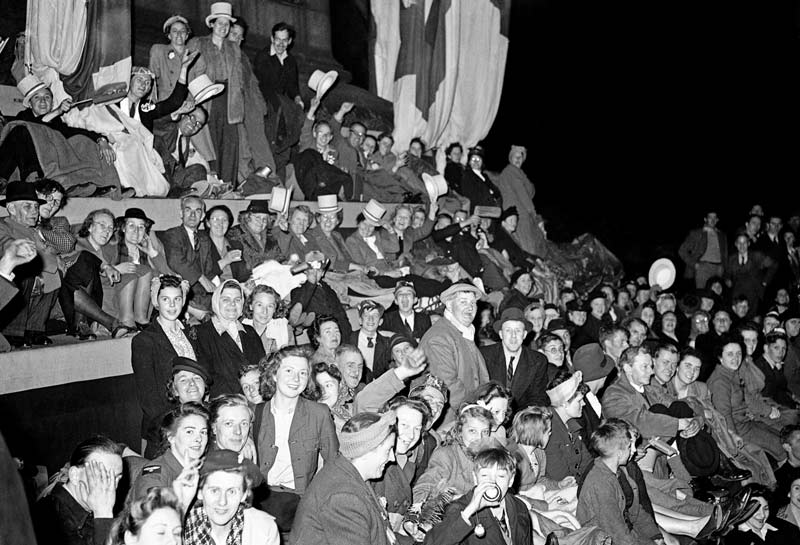
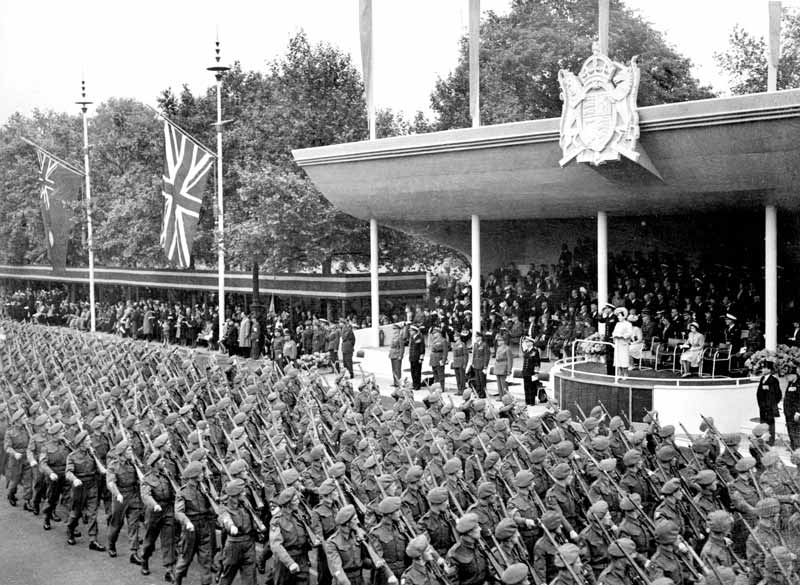
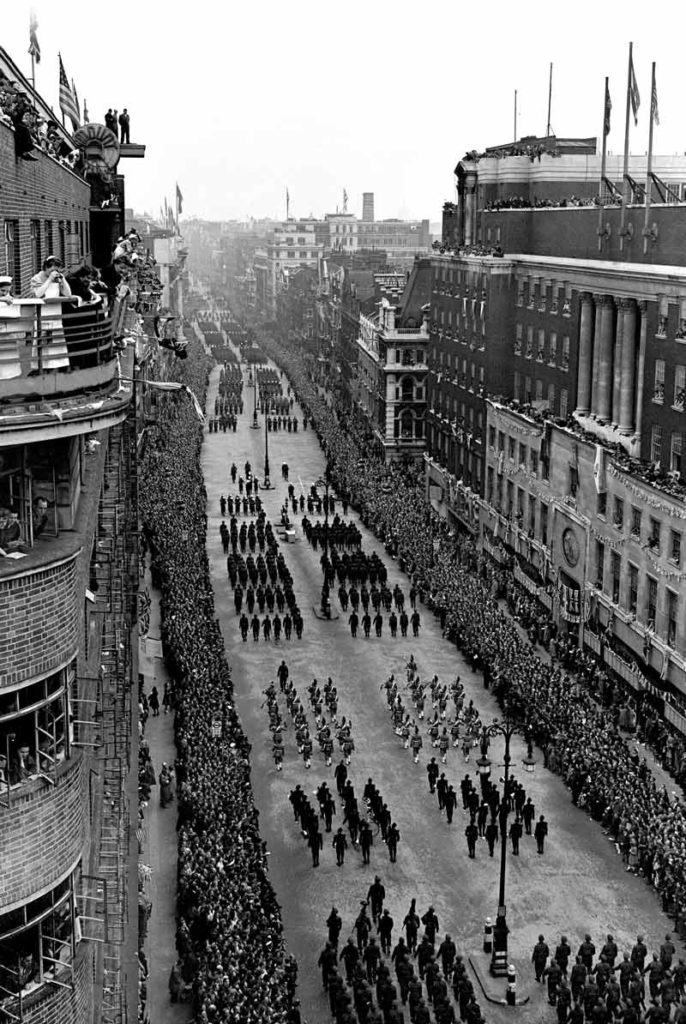
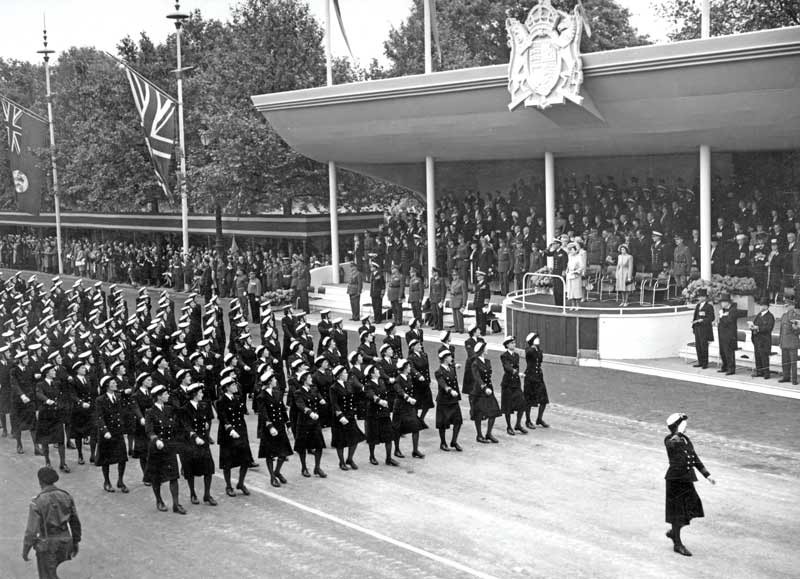
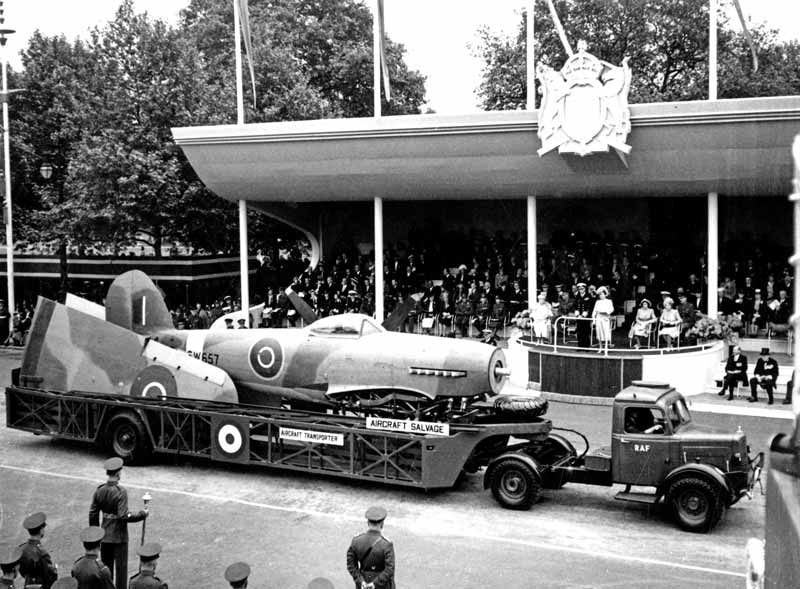

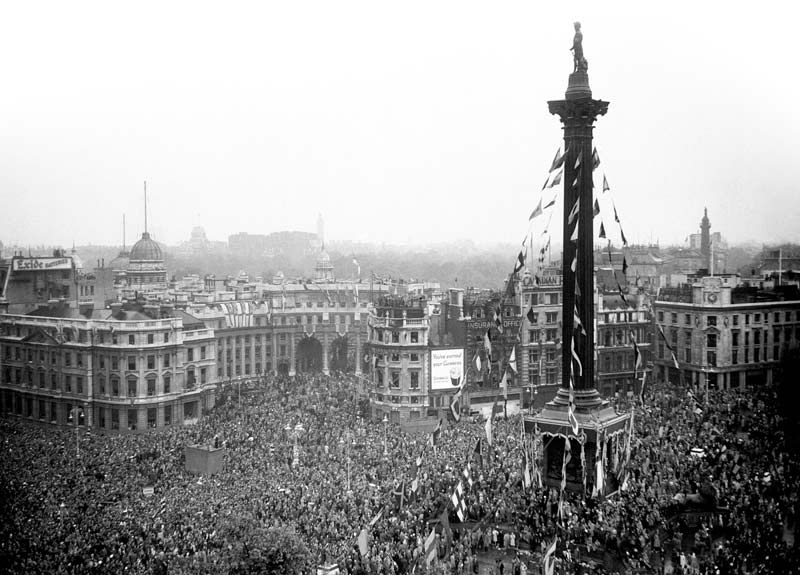
Advertisement












